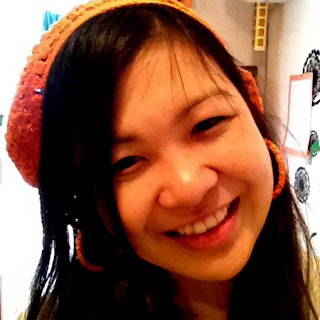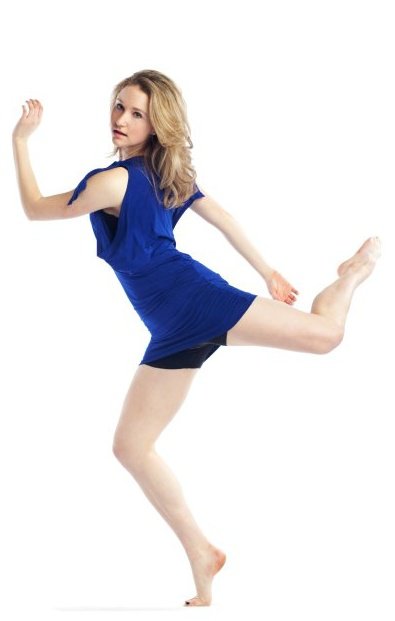A former competitor at the Japanese National Championships, Nanoha Sato is a professional skater and university student based in Japan and is one of the very popular competitors in the fourth edition of Young Artists Showcase 4. I was fortunate enough to have chance to interview Nanoha about her accomplishments, choreography, opportunities in Japan, YAS and more:
Q: Where are you currently living and working and how did you first hear of Young Artists Showcase?
A: I am currently in Tokyo, Japan. I am a student at International Christian University. I heard of YAS from Grassroots To Champions summer camp 3 years ago.
Q: What do you consider your greatest achievement as a skater/choreographer?
A: My greatest successful memory was the competition in Finland after a recovery from pneumonia. I do not work as a choreographer yet. I do help out many skaters, and I always feel achieved and grateful when other coaches ask me to choreograph their student's programs.
Q: What made you personally decide to participate in YAS (Young Artists Showcase)?
A: I do not have choreography opportunities in Tokyo. This was one chance I could do some skating choreography.
Q: What makes YAS so important to figure skating right now? What can it help do to evolve the sport?
A: YAS is important because it gives choreography opportunities for people who does not have many opportunities. Also, critiques help because once being professional, I do not think there are very many opportunities to get advice from people.
Q: When it comes to creating choreography, what components of creating a new piece do you find to be the most fun and the most challenging?
A: It depends on the type of choreography. After entering YAS, I realized choreography could be very different depending on the type of choreography. Competition programs are the most challenging to make it special, because many people skate to similar music and similar choreography in order to do their jumps. For ice shows, you have to be able to make programs that attract any kind of audience. However, this choreography contest, we must concentrate in telling a story, either abstract or directly. I learned that it is all about doing the atypical skating, not about fitting and doing the best for the general public. In other words, you have to take a lot more risk.
Q: If you were to create an original piece of choreography for any 3 skaters in the world, who would they be, what would the piece be about and what would you choose as your music and costumes for the skaters?
A: Without considering time, I would love to choreograph for Yuka Sato, since she has been my idol and my choreographer. I would love to also choreograph for Yuna Kim. However, there are many skating friends I would love to choreograph for, since while skating with them every day, I sometimes imagine the most suitable program for them.
Q: Who do you believe are the greatest or most inspiring choreographers that figure skating has ever seen? What about the greatest or most inspiring skaters?
A: I was always inspired by Pasquale. I loved watching him choreograph Daisuke Takahashi's program when I trained in Detroit.
Q: What is one thing about you most people don't know?
A: Most people do not know that I was seriously into skiing before I started skating.
Q: What are your favourite book and your favourite song?
A: My favourite author is Sidney Sheldon. I don't have a favourite song... Longest favourite artist is probably Ingrid Michaelson. Favourite poem is "Fiddler Jones" by Edgar Lee Masters
Q: If you could pick just one word to describe yourself, what would it be and why?
A: Vivid. All of its meanings fit me. I love bright orange. I am often told to be very lively and spontaneous. I feel like anything I think or feel is very strong.
Skate Guard is a blog dedicated to preserving the rich, colourful and fascinating history of figure skating. Over ten years, the blog has featured over a thousand free articles covering all aspects of the sport's history, as well as four compelling in-depth features. To read the latest articles, follow the blog on Facebook, Twitter, Pinterest and YouTube. If you enjoy Skate Guard, please show your support for this archive by ordering a copy of the figure skating reference books "The Almanac of Canadian Figure Skating", "Technical Merit: A History of Figure Skating Jumps" and "A Bibliography of Figure Skating": https://skateguard1.blogspot.com/p/buy-book.html.


















.jpg)




